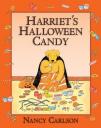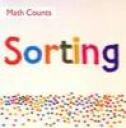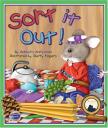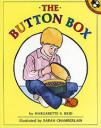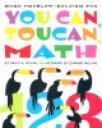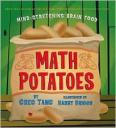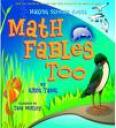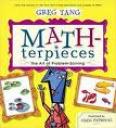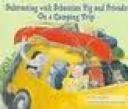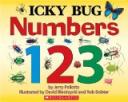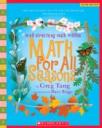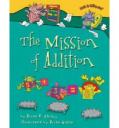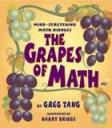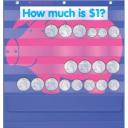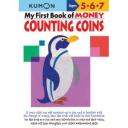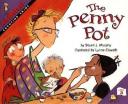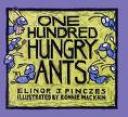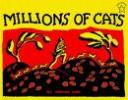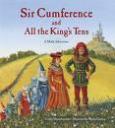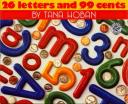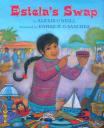Introduction:
VA SOL 1.20 requires that the student sort and classify concrete objects according to one or more attributes, including size, color, shape, and thickness. This mathematical concept is stimulated by the student's exploration of their environment and most children begin to develop concepts related to sorting and patterns before they enter school. Recognition of similarities and differences as well as comparisons are essential components of children's mathematical development. The focus of instruction at the primary level and the role of the teacher is to help students understand the classification process in which two or more attributes connect or differentiate sets.
The resources below are best used with students in the early elementary years, primarily first grade.
Text Annotations
Harriet’s Halloween Candy by Nancy Carlson.
This is great book to use when talking/introducing the concept of sorting. This book is a fun one to read and I’m sure that first graders would adore the story that Harriet has to tell. In this story, Harriet (a young puppy) learns the hard way that sharing her Halloween candy makes her feel much better than eating it all herself and that sorting the candy makes it easier to divvy up. This book would be great to read prior to conducting a sorting activity with candy (sorting Jellybeans or gummi bears is a popular sorting activity).
Sorting by Henry Arthur Pluckrose.
This book features colorful, vibrant photographs and clear concise text that is interactive with the reader. This book would be a great resource for a unit on sorting or to use as a review for a lesson on patterns. I would read this book aloud and show students each page. I would then reread the book although the second time I would ask students how they would sort the various items on each page.
Grandma's Button Box by Linda Williams Aber. This book was such a fun lovely story for first grade students learning about sorting. The book tells the story of a young girl, Kelly who accidently drops her grandmother's box of buttons over, scattering the buttons across the floor. Kelly and her cousins work furiously sorting the buttons, first by shape, then size, and finally by color in an effort to return the button box to the original condition their grandmother had it in. Ultimately the story reveals that the grandmother never had the buttons organized and she is quite grateful for the organization her grandkids bestowed upon the buttons. This is a great book to read prior to having students sort their own items by shape, size, and color, which is one of the games I used in my instructional resource set.
Sort It Out! By Barbara Mariconda.
A cute story about a pack rat who comes home with a cart full of stuff (a locket, a book, an umbrella, a pinecone, and many more random items) and is forced to sort it all out and put it away by his mother. The book describes the process Packy the rat used to sort all the items, including grouping things with like characteristics such as where they’re found, their color, shape, etc. The illustrations are really fun because they are brightly colored, large, and very clear and children of all ages will enjoy looking at each page.
The Button Box by Margarette S. Reid.
In this book a young boy narrates and talks about the contents of a special box at his grandmother’s house. As it turns out the box is full of buttons his grandmother has collected year after year. Throughout the pages the boy describes and examines the various buttons, telling what he imagines and knows about them. As he does this he ultimately ends up sorting them by unique attributes thus making this book an excellent book to read during instruction about sorting. This book would be a nice prelude to an activity where students sort buttons by different attributes (round, square, two-hole, three hole, color, etc.).
Web Annotations:
This interactive game allows students to sort candy based on its shape. This game ties is nicely with lesson plans that incorporate the sorting of Halloween candy or other candies (jelly beans, M &Ms, or gummy bears). It is fun for students to play and gives audible directions which is nice and effective for first graders.
Allows students to practice sorting attribute blocks by color, shape, and size. A checking features gives the student feedback about the answer before the student can move on to a new question.
A fun interactive game that gives clear concise directions to students. The directions include sorting items into the appropriate columns depending on specific characteristics (happy/sad, red/blue, big/small, etc.). Features big font and fun sound effects, which makes it fun for young students!
A fun online game that has players choose which items are bigger and which are smaller while taking the player on a journey through an animal filled barnyard!
A website with option for students to choose from. Each option links to a different online game that requires student's sort items by color.
Additional Resources
A great website for sorting ideas and "real life" manipulatives that could be used for sorting activities.
A website that features a fun song about sorting by size, color, and shape. Would be fun for kids to listen to and recite as they work with the concept of sorting.
A really neat interactive shape sorter game that the teacher can set up for students to use. Allows the user to set up specifications for sorting by a number of attributes. Also has a venn diagram for comparing and contrasting purposes.
A page about sorting sets and identifying what items don’t belong in a set.

